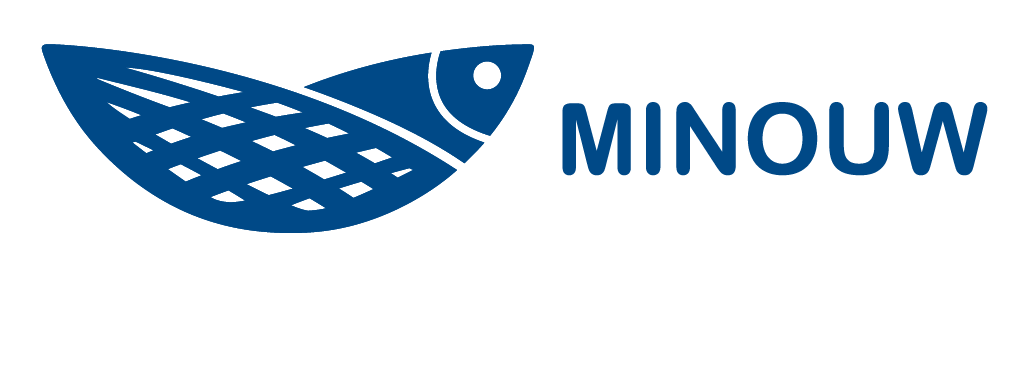Research to evaluate the impact of modifications to trammel nets on discards in the Ligurian Sea, Viareggio, Italy
MINOUW partner & Lead scientist:
CIBM (Consorzio per il Centro Interuniversitario di Biologia marina ed Ecologia Applicata), Paolo Sartor
Fishing method and species:
Trammel nets. Species targeted is Caramote prawn (Melicertus kerathurus).
What is the discards problem?
The catch of target species is often associated with large quantities of unwanted catches (crabs and other invertebrates). This generates high discard rates and damage to the fishing gear, consequently causing both environmental problems as well as costs for the cleaning and maintenance of the gear.
What activities did the MINOUW project carry out?
To evaluate the effects of a modification (the “selvedge”) placed in the caramote prawn trammel nets in terms of:
- Catch rates of target species and by-catch (retained and discarded);
- Size spectra of the specimens caught;
- Quali-quantitative composition of discards;
- Economic performance of the fisheries;
- Assessing alternative mesh types to reduce unwanted catches
What outcomes were expected?
- To understand what factors lead to discarding practices, and how new technologies (modifications to nets) can mitigate the problem of discards in trammel net fisheries.
- Foster fishers’ involvement in the process of finding solutions to mitigate the impact of the Landings Obligation in their activity.
- Encourage fishing practices and technologies that minimize fishing impact on ecosystems.
Results
Our experiments showed that the addition of ‘selvedge’ net to traditional trammel nets can reduce bycatch (and so discard) by up to 75%. Selvedge fitted to trammel nets is an effective solution to decrease discards and unwanted catches. The economic loss due to the slightly reduced catch of commercial species is offset by decreased sorting time and labor costs, in the immediate short term.
For a full summary of results download the PDF here: (637kb)

